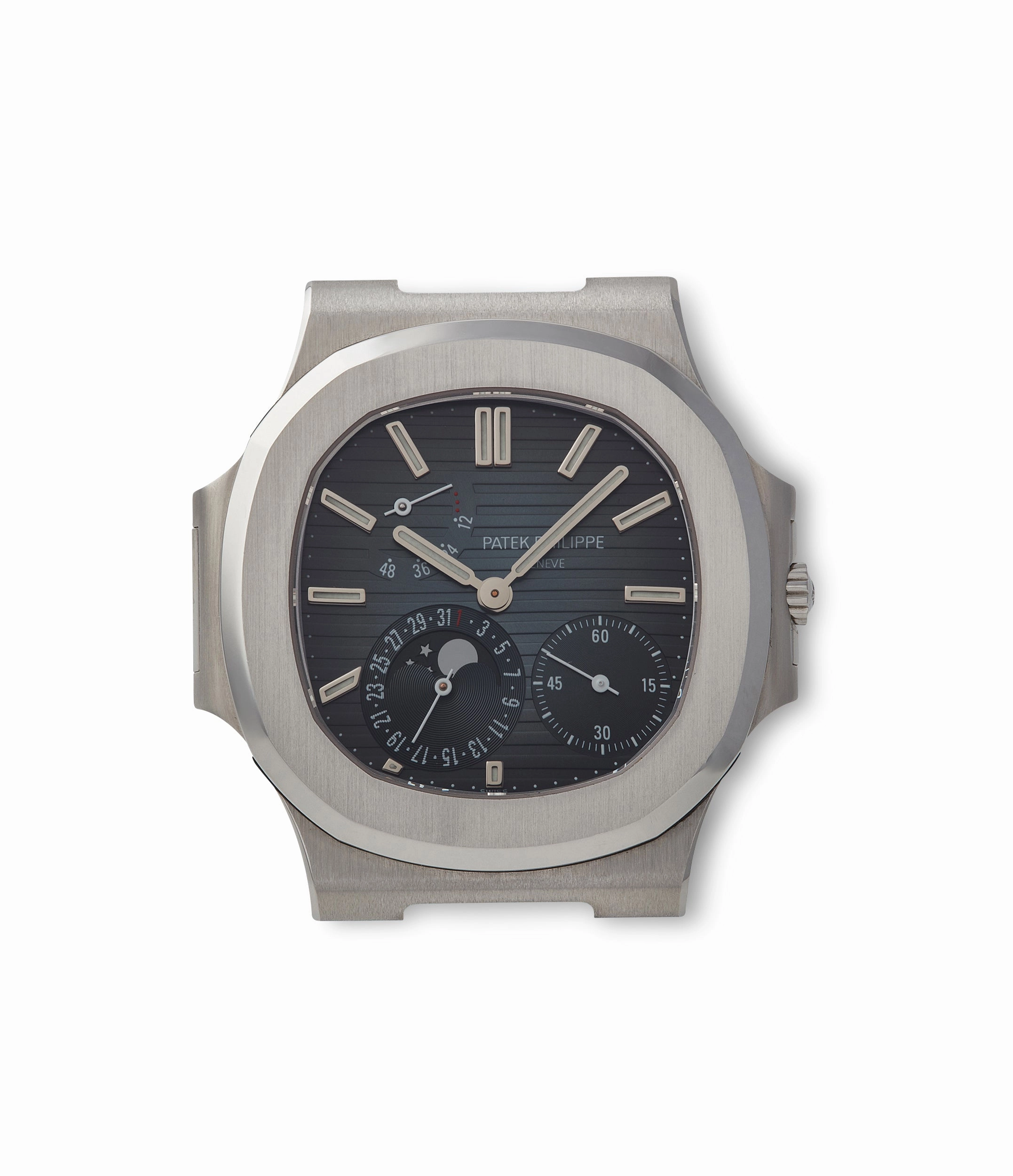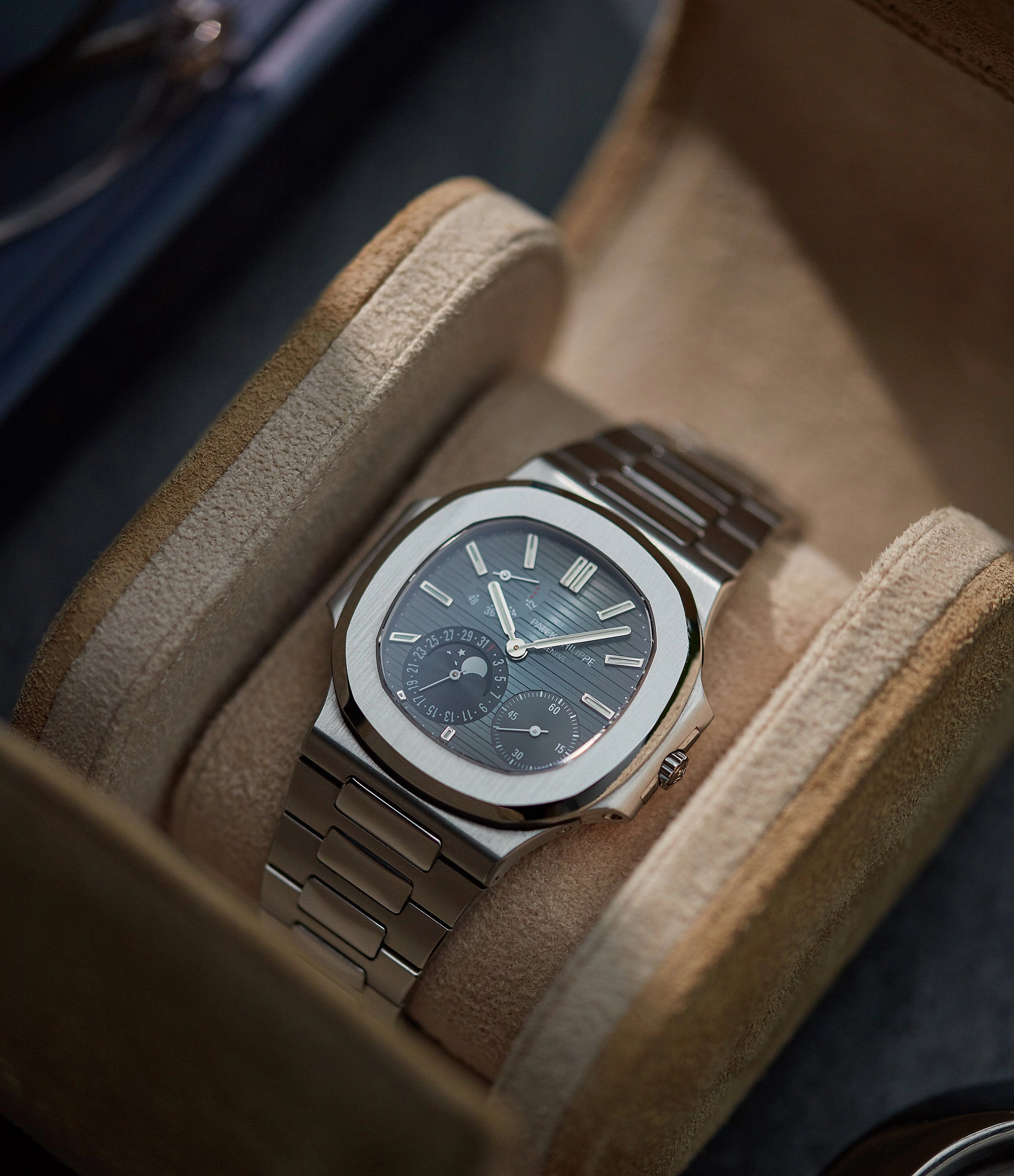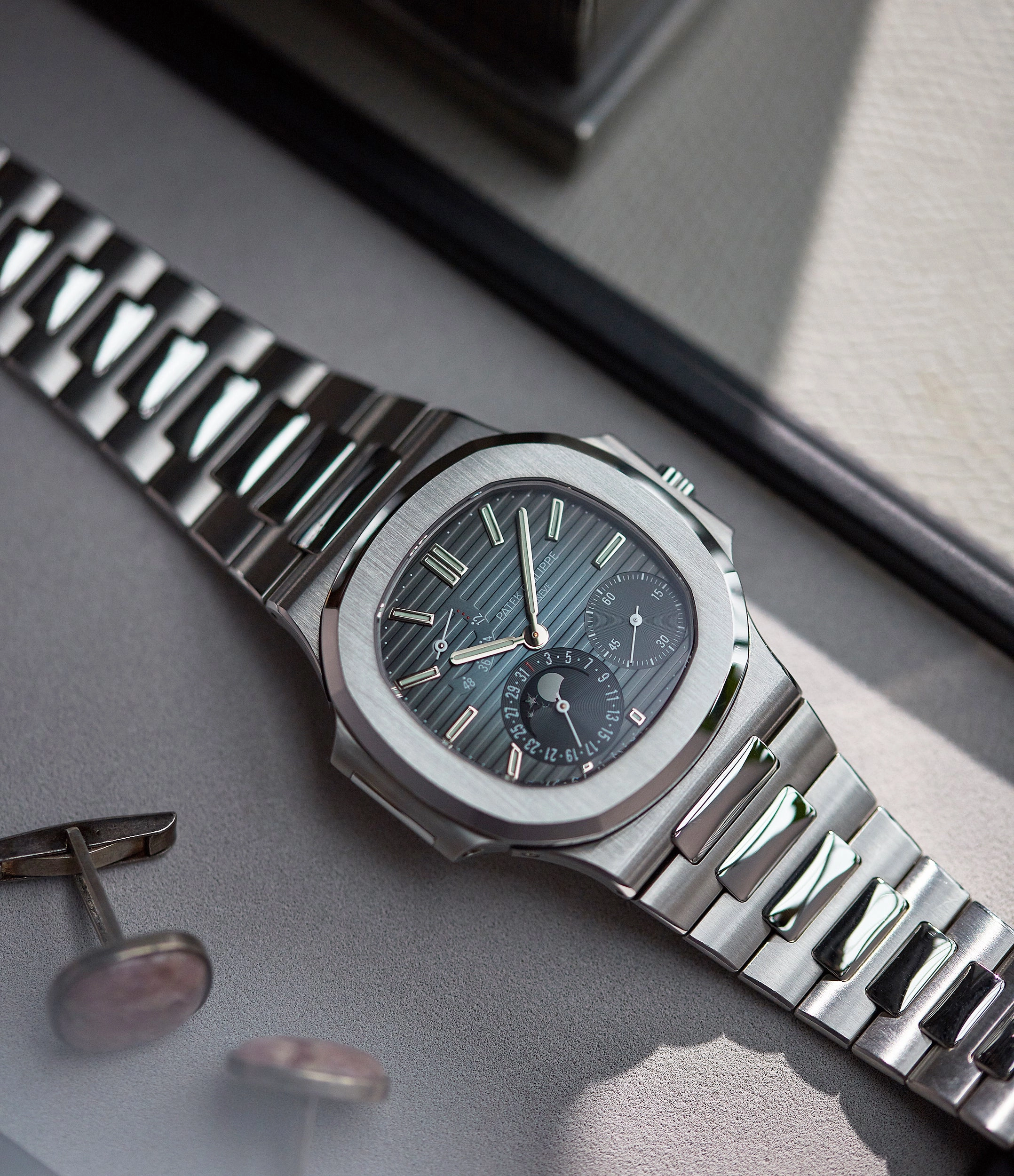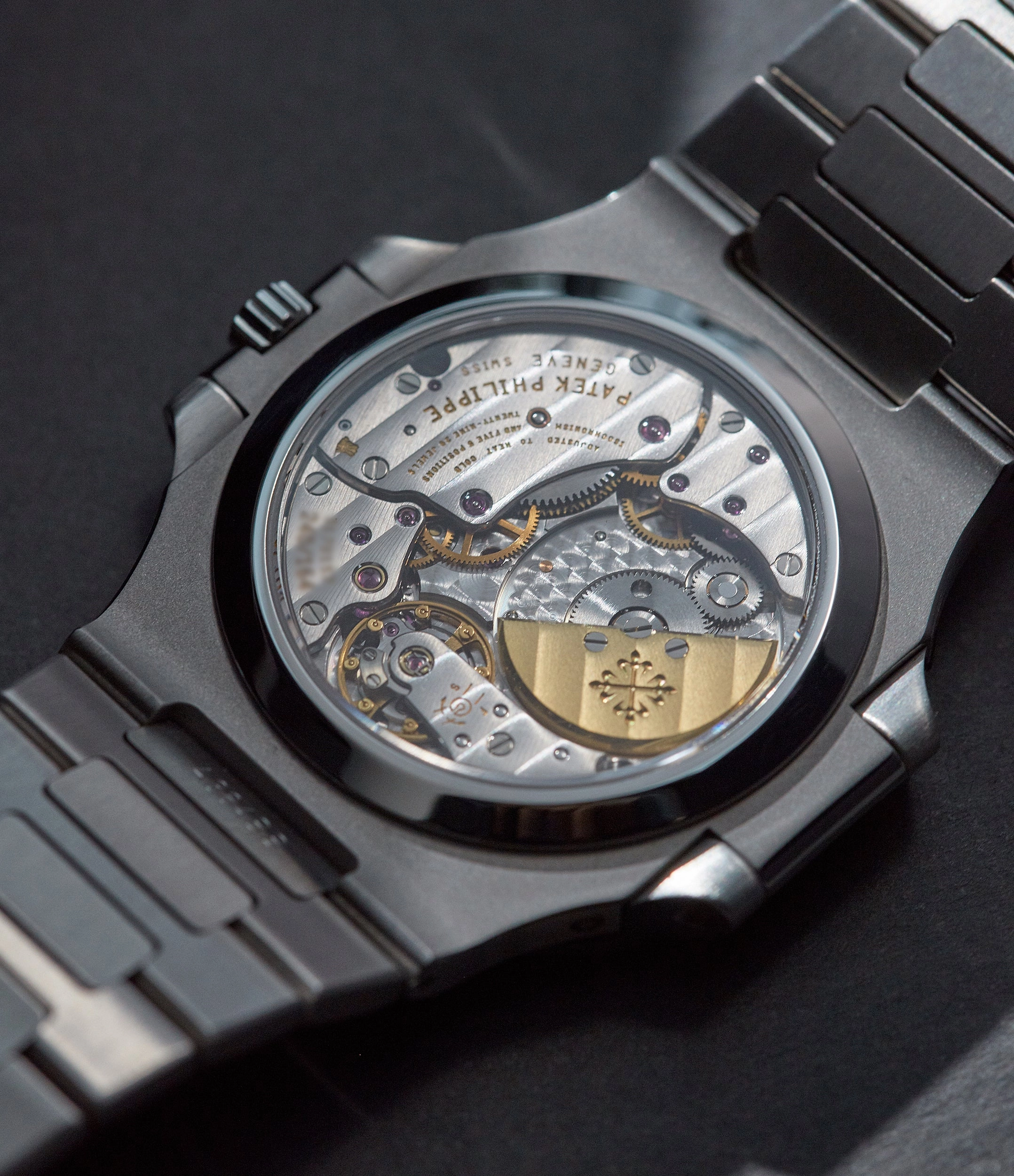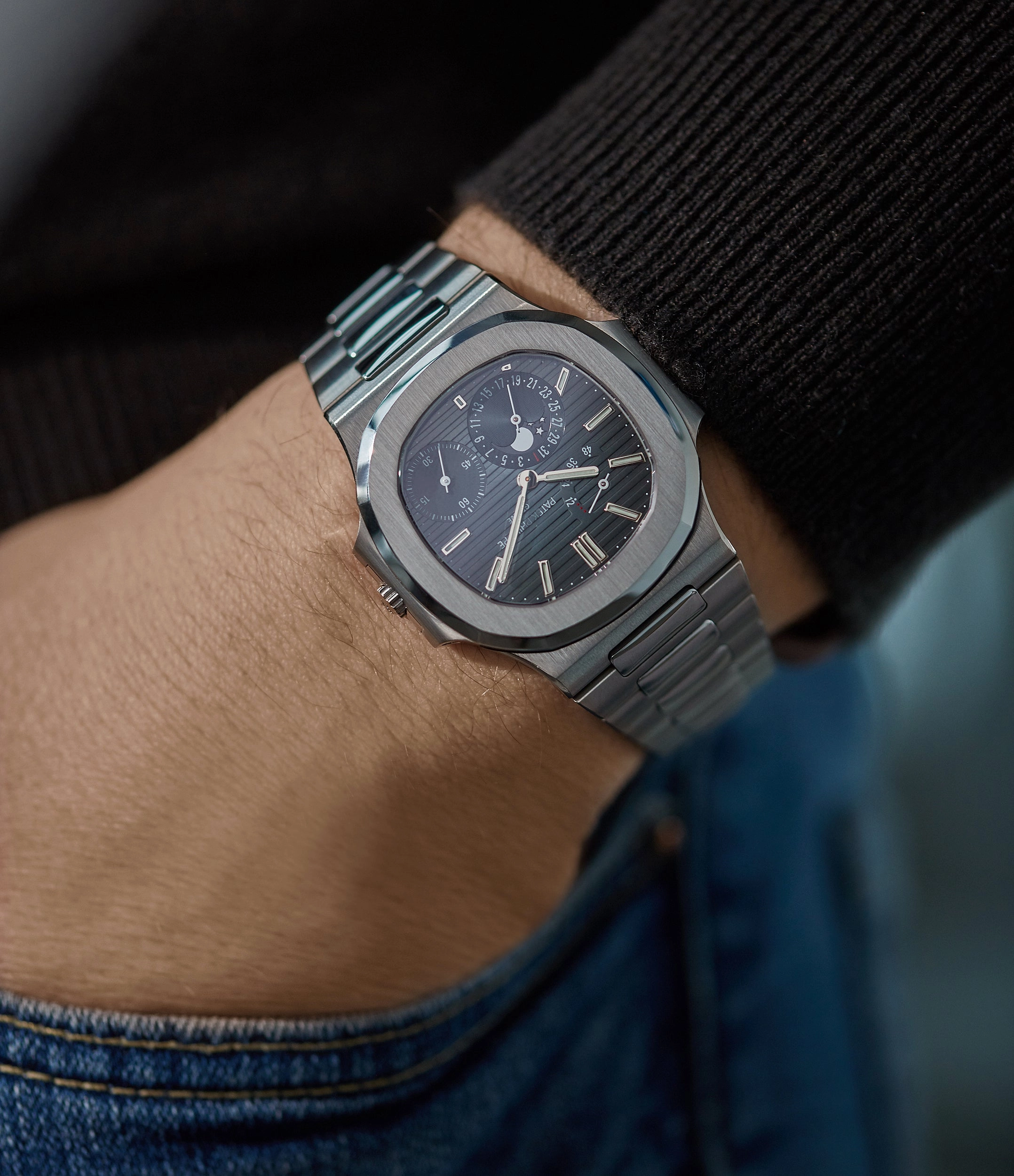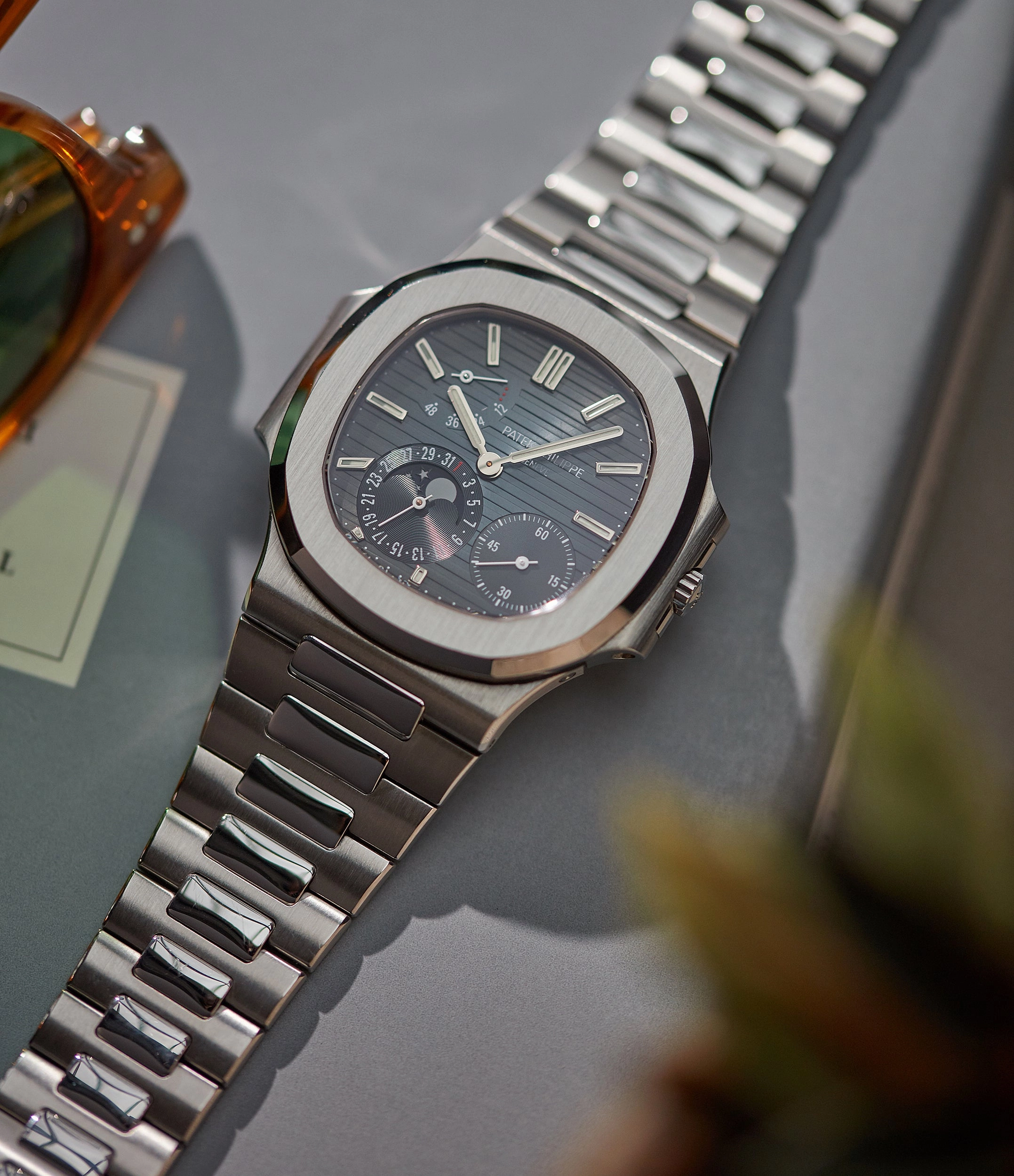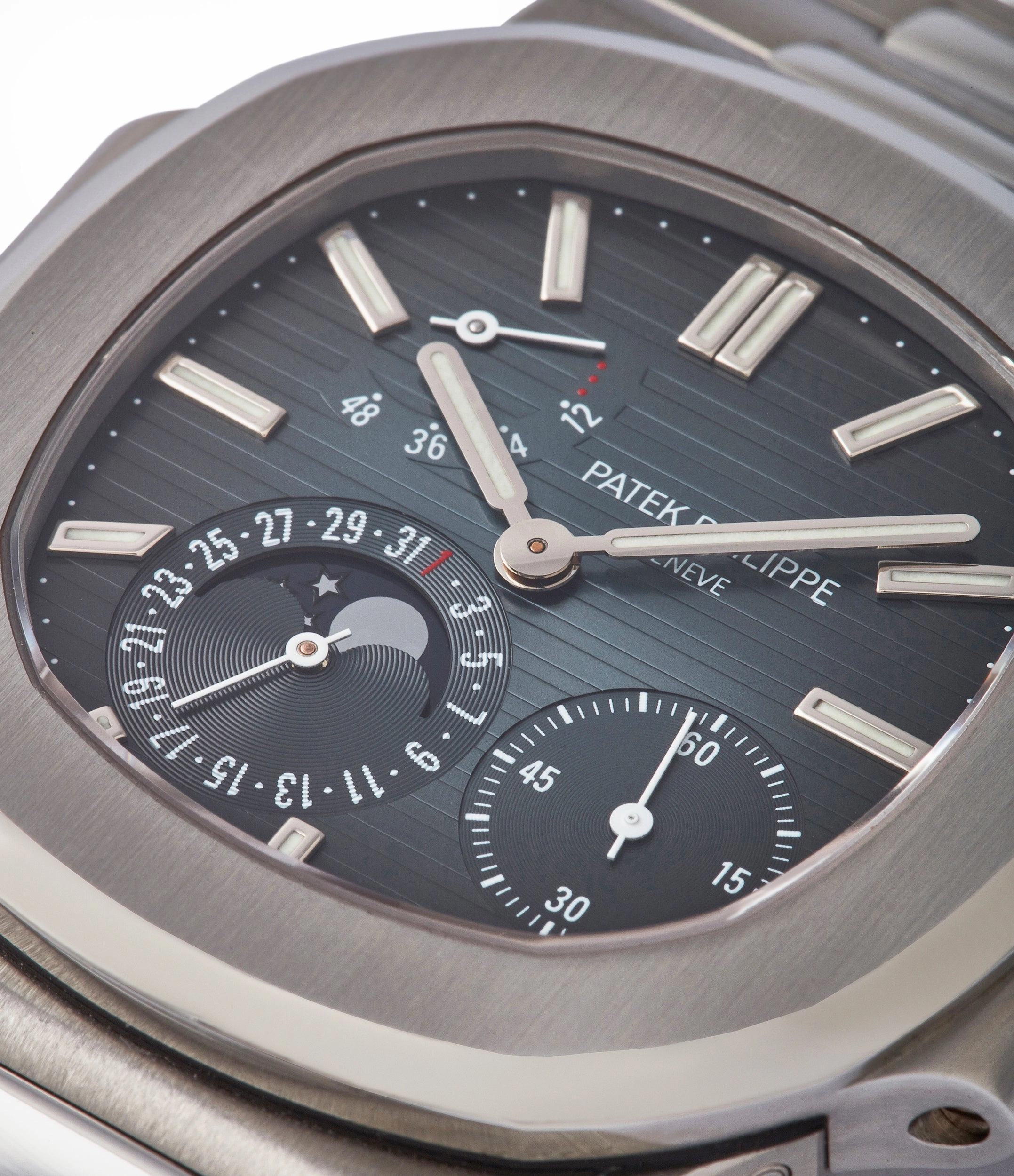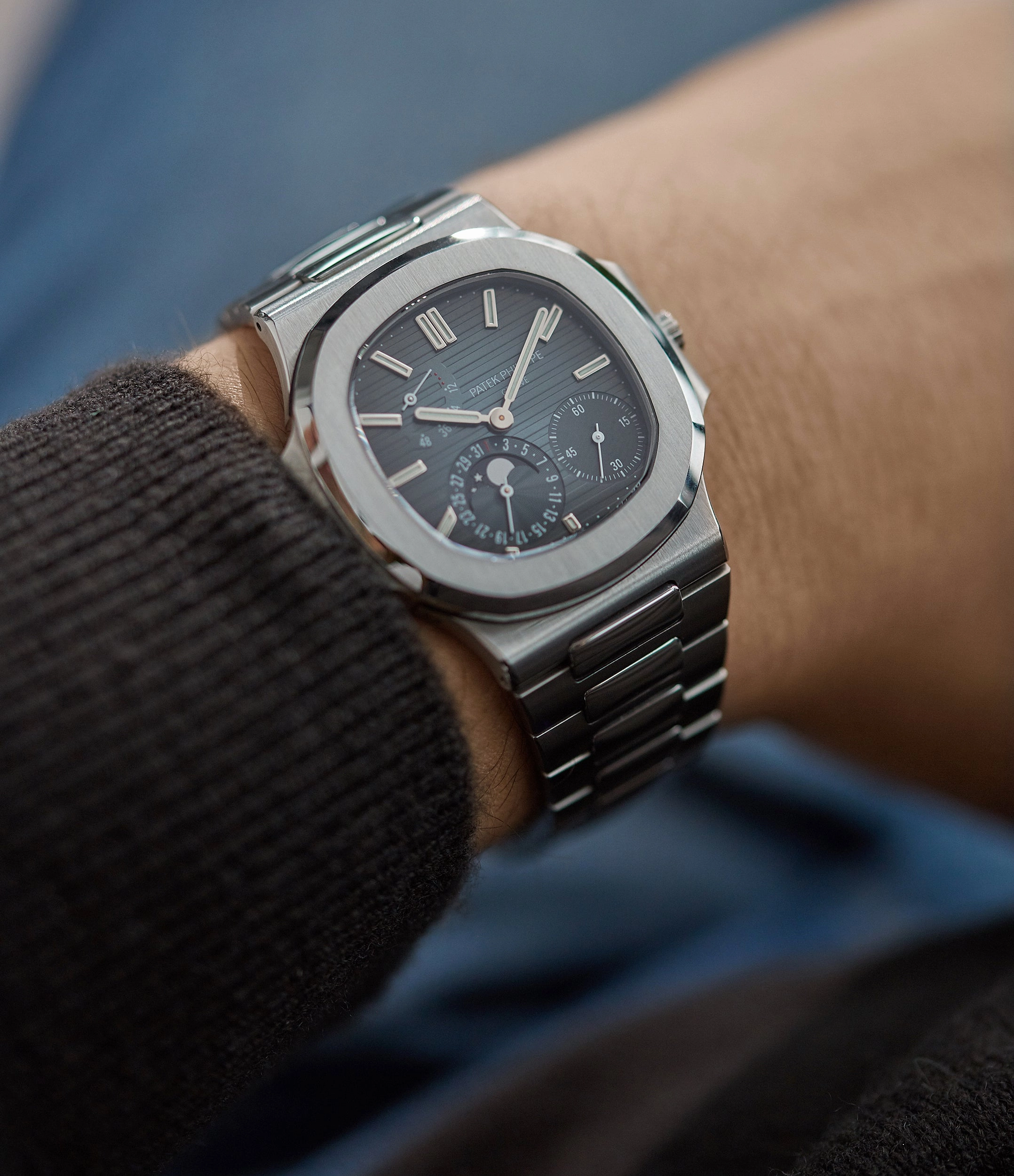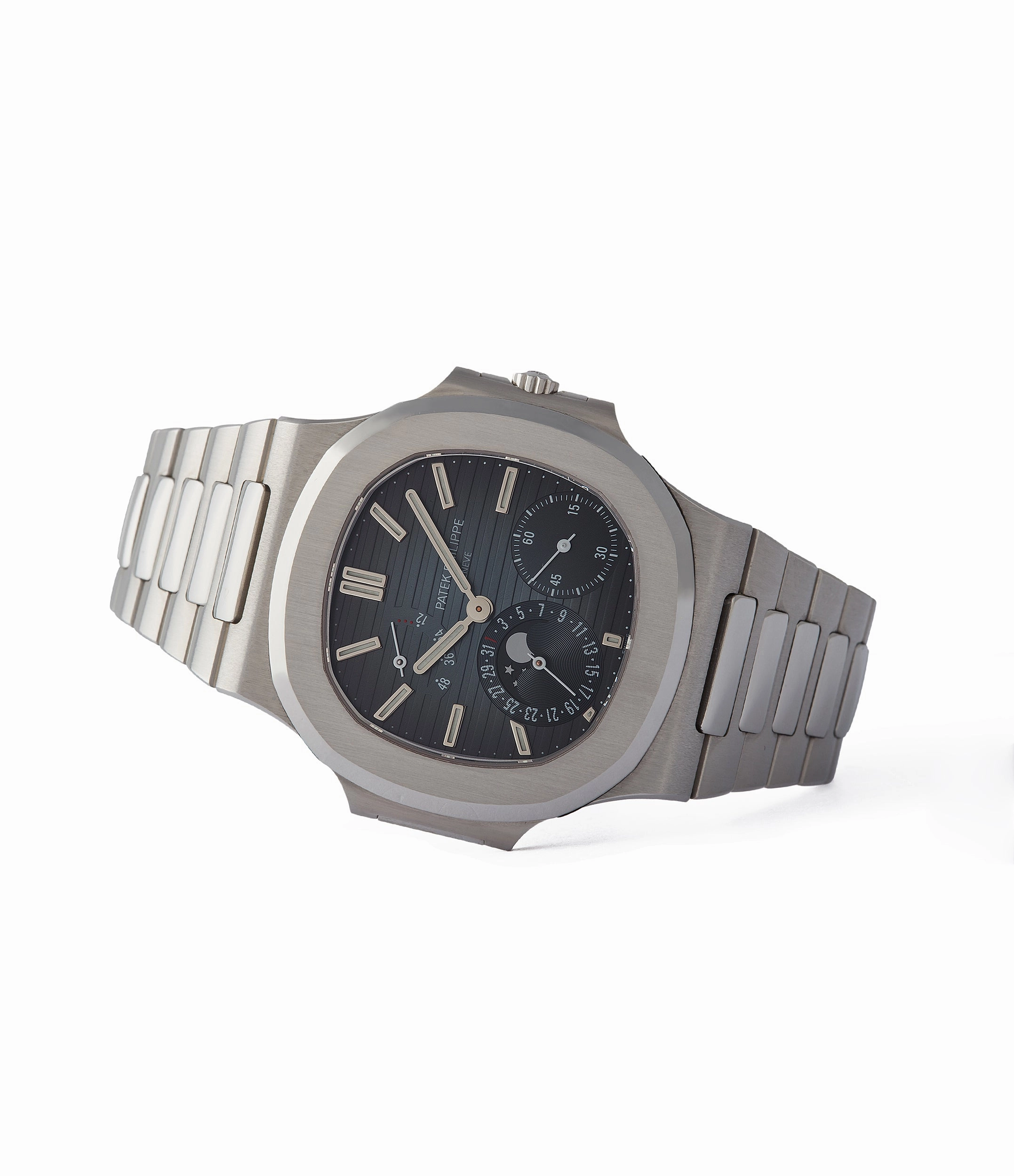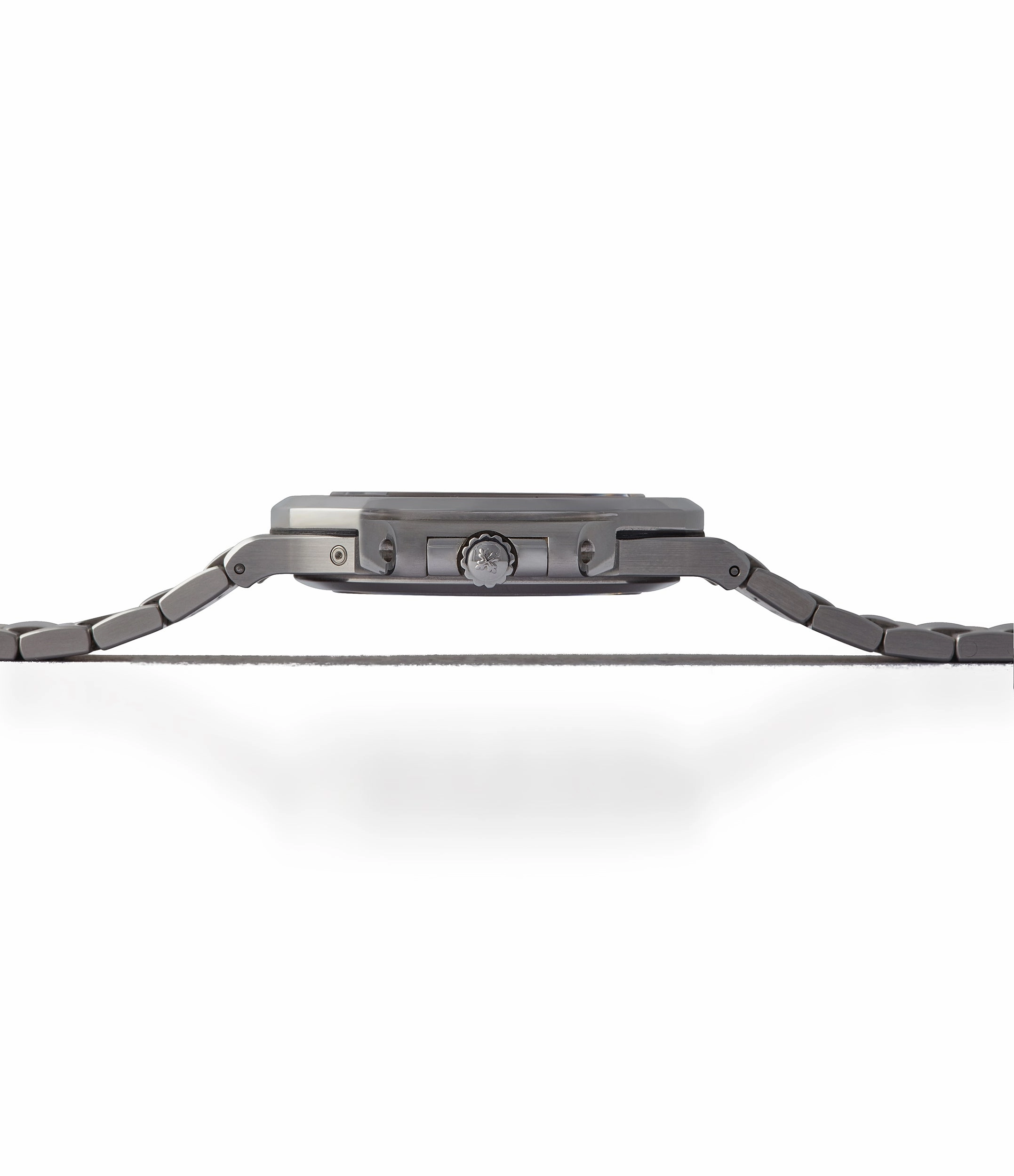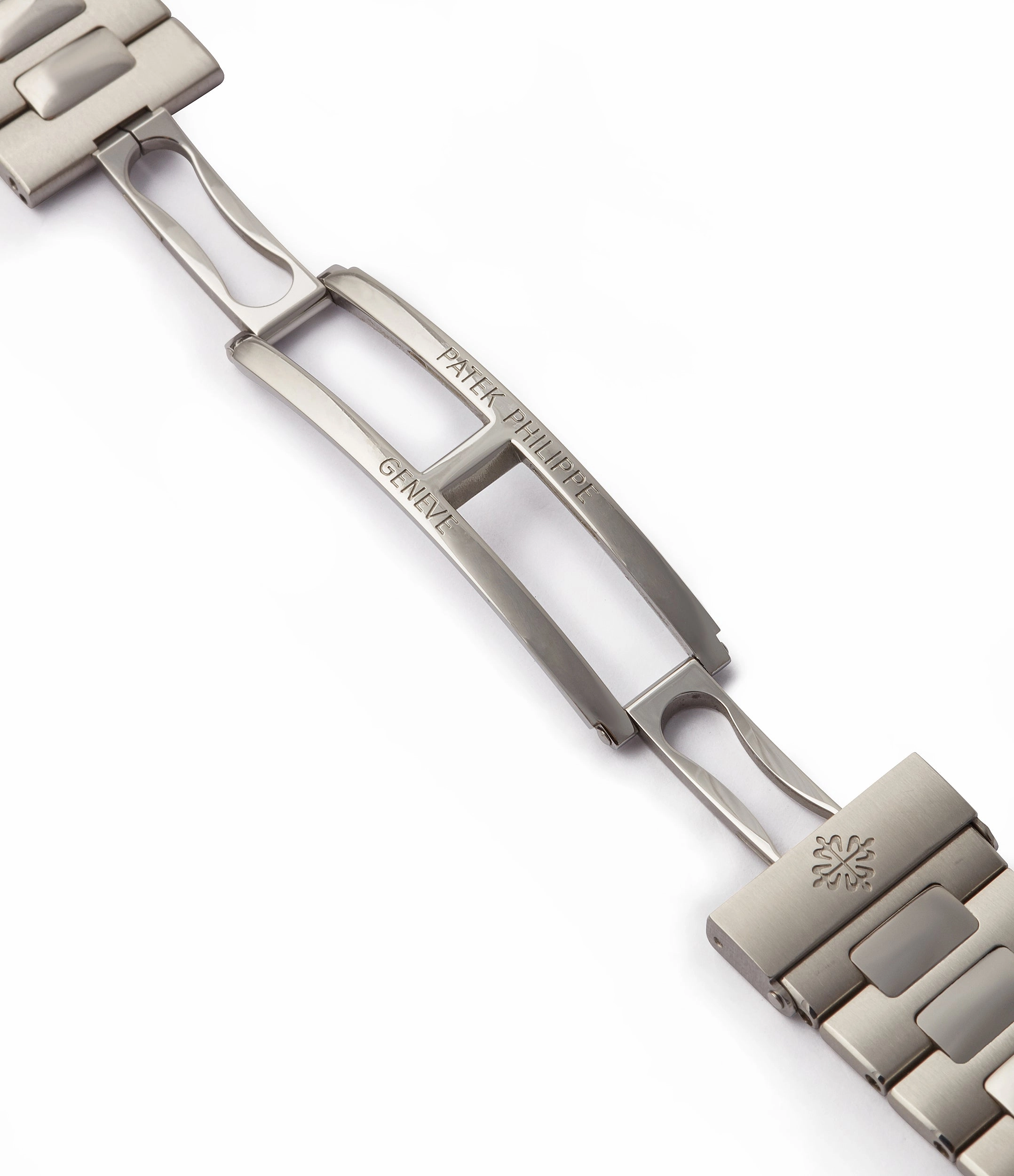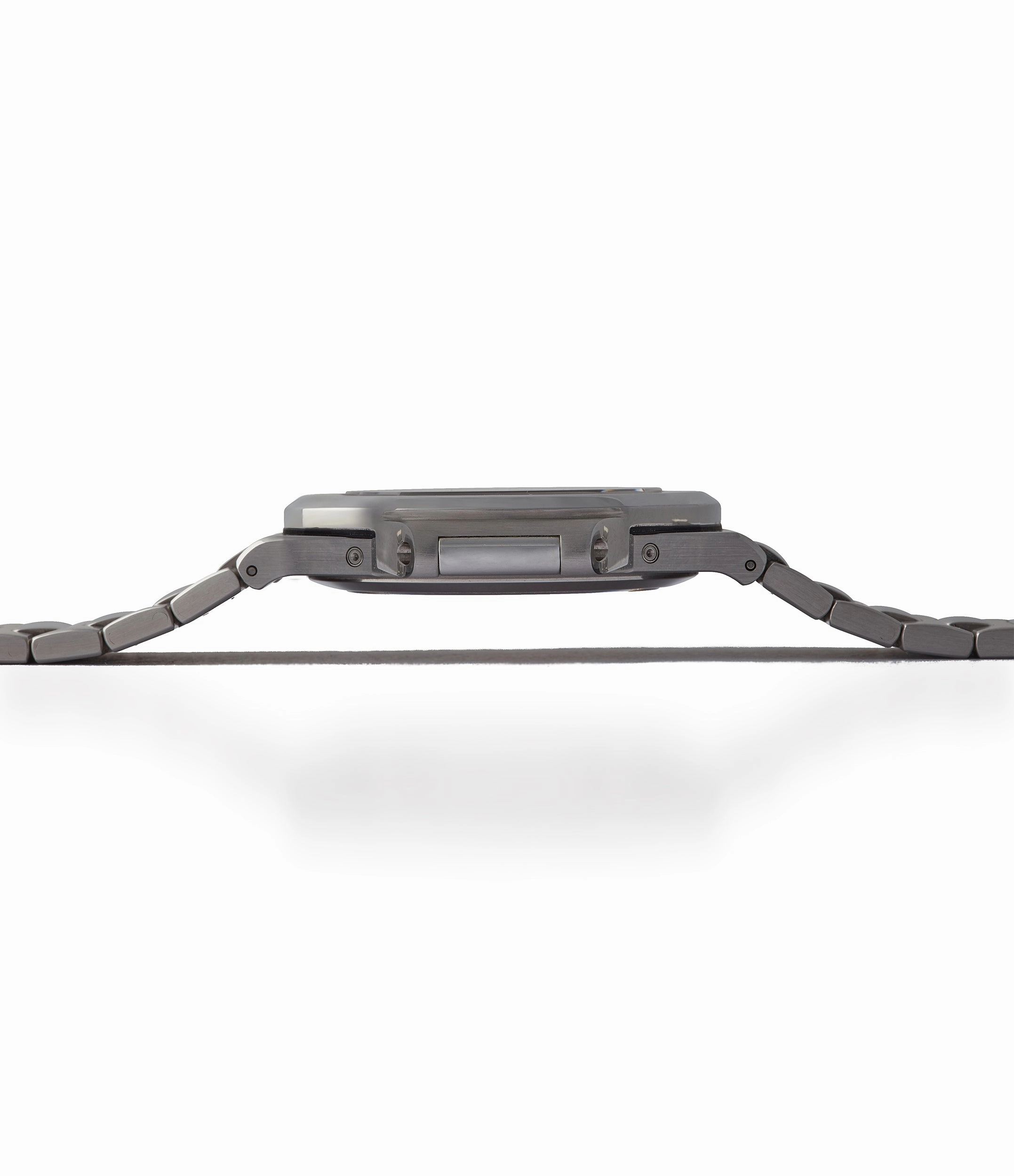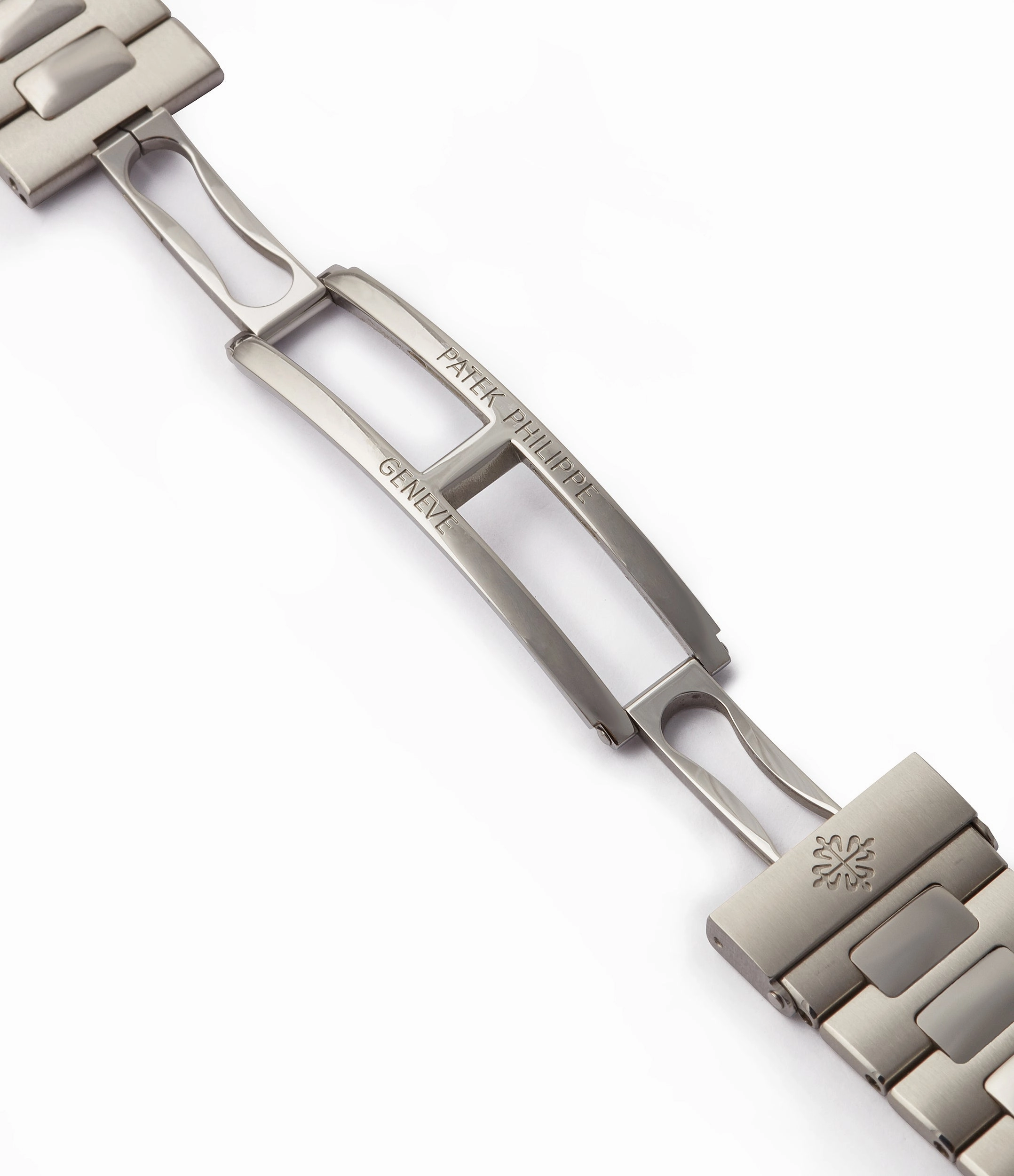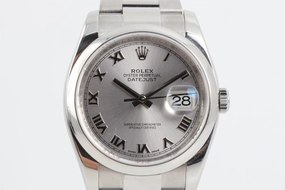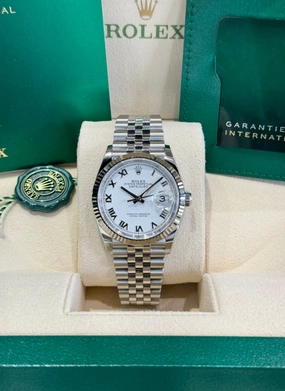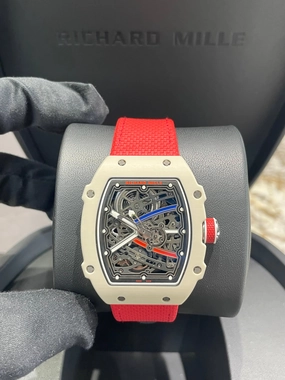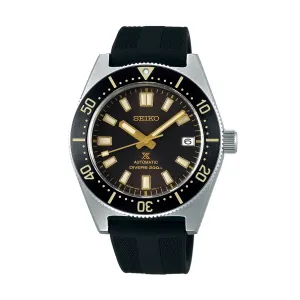More than forty years have passed since the introduction of the original and this now classic timepiece, is more popular than ever. Originally unveiled in the mid-1970s and designed by the legendary , the has become a veritable horological icon thanks to its pioneering role amongst high-end, luxury sports watches.With the 3712/1A, Patek Philippe introduced the first Nautilus to feature the base calibre 240, with micro rotor.
History of the Nautilus
The early 1970s was a time of great change within the watch industry. At the time of its release, the world was already shifting towards highly-commercialised, quartz watchmaking. In 1969Seiko launched the first quartz wristwatch, and its success drove the mechanical watch industry to critically low levels of production by the early 1980s.
Furthermore, the concept of a luxury watch in steel was a truly revolutionary idea. In 1976, the introduction of Patek Philippes Nautilus firmly altered the direction of luxury sports watch design offering a true competitor to Audemars Piguet's then four-year-old ,equally designed by Mr Genta. The Nautilusoffered a different take on the idea of a luxury sports watch, though - like the Royal Oak- it was made in stainless steel for the standard version.
The original ref. 3700/001A was not only unprecedented in its design, but also inits initial pricing to consumers. When the Nautilus was released, the retail price for the watch was $3,100 - considerable for the time, and comparable to many of Patek Philippes gold dress watches.
The design of the original 3700
Remarkably, Gerald Genta is said to have sketched the 3700s design whilst dining meters away from executives. His five minutes of work, is today considered one of the masterpieces of modern design. Its etymology comes from Jules Vernes novel Twenty Thousand Leagues Under the Sea, after the Nautilus submarine, used by Captain Nemo.
Like the Royal Oak, the Nautilus water-resistant technology (120 meters) required innovative strategy. Gerald Gentas inspiration for the iconic Nautilus architecture was to replicate that of the secure porthole windows, found on transatlantic ocean liners, complete with a two-piece, solid mono-block and octagonal bezel, secured by four lateral screws (concealed at 3 and 9 oclock), holding the case tightly together.
Thereference 3712
Following the introduction of the original Nautilus, Patek Philippe experimented with differentcase sizes, materialsand dial designs throughout the 1980s and 1990s. All of the variationsintroduced during this period were executed in smaller sizes and limited themselves to displaying the time and the date. The reference was the first to feature a complication other than the date function, with the integration of a power reserve indicator in 1998.
Introduced in 2005, the Nautilus 3712/1A marked the second departure from this trend: it was the first-ever Nautilus to feature the base calibre 240 (with micro rotor)and a radically-new display layout, with asymmetric indications covering three quarters of the dial. It also marked the re-introduction of the monobloc case construction used in the original 3700/001A, with integrated sapphire caseback. Two distinct variants of the 3712/1A are known, colloquially defined as first series and second seriesexamples. The earliest of the 3712 series were marked with 3 dots at thelowest point of the power-reserve indicator, whereas the later examples were given 4 dots. Examples of the reference 3712/1A were produced for a limited time (approximately 1 year), representing a rare and highly-collectible transitional Patek Philippe. Alongside the , the reference 3712/1A was discontinued shortly after its release, paving the way for PatekPhilippe's30th anniversary Nautilus collection in 2006.
Exclusively produced in stainless steel, the 3712/1A features a gradient blue dial with horizontal grooves.The power reserve complicationis displayed between 9 and 12 oclock, an interesting asymmetric placement which addsto the charm of the reference.Due to the placement of the complication, the "Patek Philippe Geneve" signature is unusually placed at 2 o'clock, with a date and moon display at 7 oclock and small seconds at 4. It features all the traditional indications of a time-only watch, with applied hour-markers and Nautilus hands (with luminescent inserts).
The case and bracelet
The case and bracelet of this Nautilus3712/1Aare excellently finished, with beveled, polished and granular surfaces. The steelbracelet has virtually no stretch, with flat central links. At 42mm in diameter and 8mm in thickness, the3712/1Aretains a slim profile despite the added complication.
The movement
The reference 3712/1Ais powered by Patek Philippes in-house calibre 240 PS IRM C LU (for petite seconde, indication de rserve de marche, calendrier et lune small second, power reserve indicator, date and moon), visible through the sapphire display-back. It features 29 jewels, a straight-line lever escapement, shock absorber mechanism a self-compensating flat balance spring and a monometallic balance, adjusted to cold, heat, isochronism and 5 positions. Furthermore, the 22k solid-gold micro-rotor is finished in classic Patek Philippe style, with Geneva stripes.
The set
This Patek PhilippeNautilus 3712/1Ais accompanied by its Certificate of Origin, which confirms that the watch was sold on September 10th, 2005.
Closer look
| Brand: | Patek Philippe |
| Model: | Nautilusref.3712/1A |
| Movement: | mechanical automatic-winding calibre 240 PS IRM C LU |
| Functions: | date,hours, minutes,power reserve |
| Features: | gradient blue dial, 3 dot power-reserve |
| Case: | 42mm "Jumbo" stainless steel |
| Crystal: | sapphire front |
| Bracelet: | stainless steel braceletwith deployant clasp |
| Year: | 2005 |
| Box & papers: | inner/outer boxes, Certificate of Origin |

